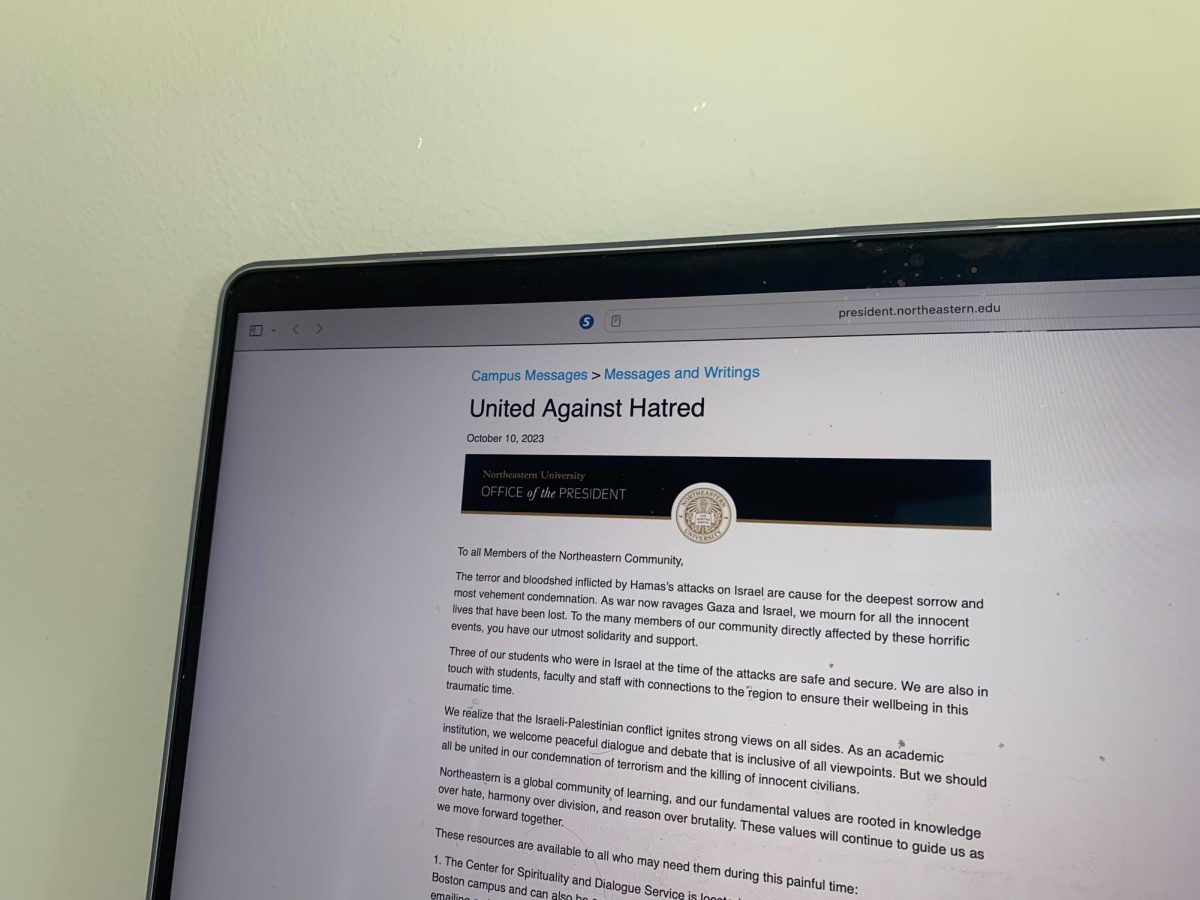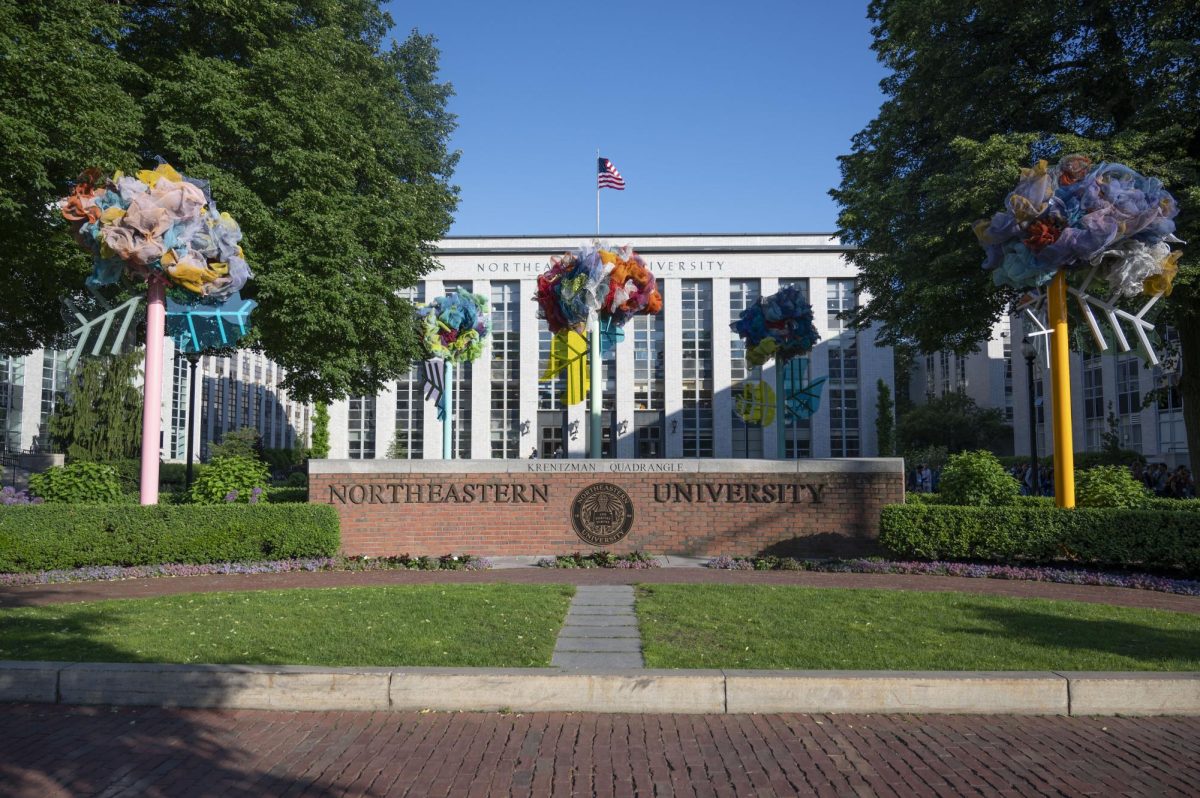In recent times, activism initiatives have burgeoned from silent demonstrations to confrontational acts. This has reignited the age-old debate: Are peaceful protests truly effective in enacting change?
Recently, students on university campuses have been using their First Amendment right to protest in support of a Palestinian liberation. At Northeastern, a silent demonstration took place, while at Amherst, students engaged in a peaceful sit-in in front of the Chancellor’s office. These acts of civil disobedience prompt us to reexamine the strength of peaceful protests.
Violence, even though condemned by the world, has had a high efficacy of obtaining changes in society historically. The French May 1968 protest showcased such efficacy. Students over a labor issue manifesting in Paris when it turned to a violent confrontation with the police. Students in Paris were peacefully protesting over labor issues when it turned into a violent confrontation with the police. A national protest movement then emerged against Charles De Gaulle’s political government. Those protests led the country on a path to social reforms and modernization and, perhaps, softening the presence of conservatism.
It’s important to note, based on Harvard political scientist Erica Chenoweth‘s research, that while success is not guaranteed, peaceful civil disobedience stands twice as likely to achieve its goals compared to violent methods. Peaceful protests tend to gather broader support, fostering greater consensus, which can be leveraged as a powerful bargaining tool.
The effectiveness of a protest depends in large part on its media coverage. The idea is to obtain a sympathetic press that will help put pressure on the oppressive forces. In contrast, when protesters resort to violence, they weaken their movement, alienating people and intensifying the opposition.
Looking at history, Americans have been using peaceful protests for decades. The most famous one is probably Martin Luther King’s 1963 march for jobs and freedom in Washington D.C. He galvanized people around his “I have a dream” speech, leading John F. Kennedy’s administration to initiate federal civil rights laws.
This example illustrates how peaceful protests put pressure on governments or decision-makers. If protesters are well-organized, sustainable and receive wide media coverage, their efforts could possibly lead to policy changes, legislative reforms or even prompt resignations.
Plus, peaceful protests can help build and strengthen social movements. The 1963 march for jobs and freedom increased the momentum of the Civil Rights Movement because it gathered a broad spectrum of the public. Celebrities like Academy Award winner Sydney Poitier were in attendance, but also labor unions AFL-CIO. When individuals come together to peacefully demonstrate for a common cause, they form alliances and work towards long-lasting change.
The civil rights movement has also been marked by more violent demonstrations. The Black Panthers fought against police brutality and socioeconomic inequalities through community initiatives as well as violent protests. In May 1967, they invaded the California capitol with firearms to protest against the Mulford Bill. The militia was asked to leave the premises by the capitol police, and peacefully obliged. However, their demonstration backfired since it increased the support towards the Mulford bill aiming to restrict access to firearms. The bill led California on the path of becoming the state with the most restrictions on firearms.
Protesters resorting to violence often lose legitimacy in the eyes of the public, while those adhering to nonviolent means maintain a higher moral ground. Supporters expressing unwavering commitment and sincerity to values such as justice, equality, freedom and human rights often build a stronger credibility and trust with the public.
Demonstrating peacefully is a right that individuals are entitled to, yet its integrity has faced unprecedented challenges over the last decade. The country faced dozens of instances of police brutality during the Black Lives Matters protests following the death of George Floyd in May 2021.
Amnesty International has been at the forefront of spreading awareness on the importance of safeguarding the right to peaceful protesting. The organization explains that protesting is a “way to speak the truth to power” and so people should never be scared to express themselves against governments and authorities.
History has shown that many significant social and political changes have been initiated or advanced through peaceful protest movements as well as violent demonstrations, but knowing which approach is more effective probably has no answer.
I leave you with the words of University of Pennsylvania professor Daniel Q. Gillion: “Nonviolent protest brings awareness to an issue; violent protest brings urgency to an issue.”
Derek Telep is a Master’s student in criminology and criminal justice. He can be reached at [email protected].















